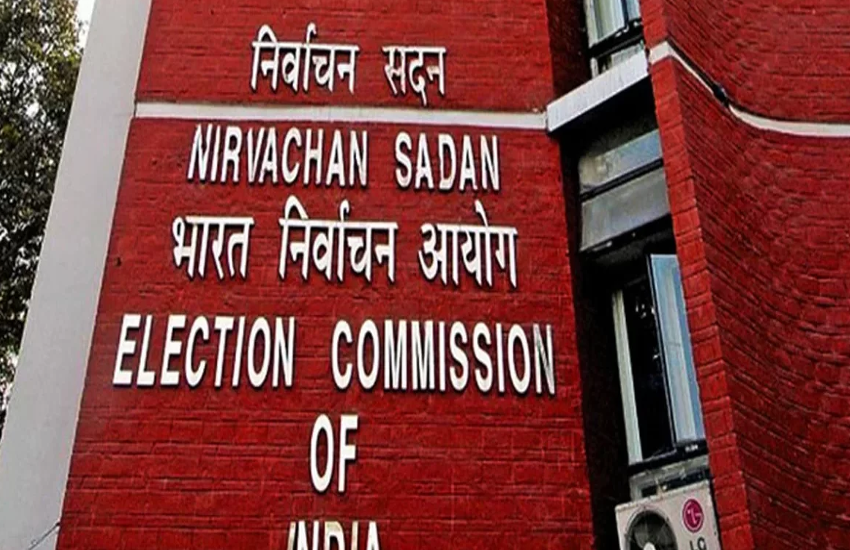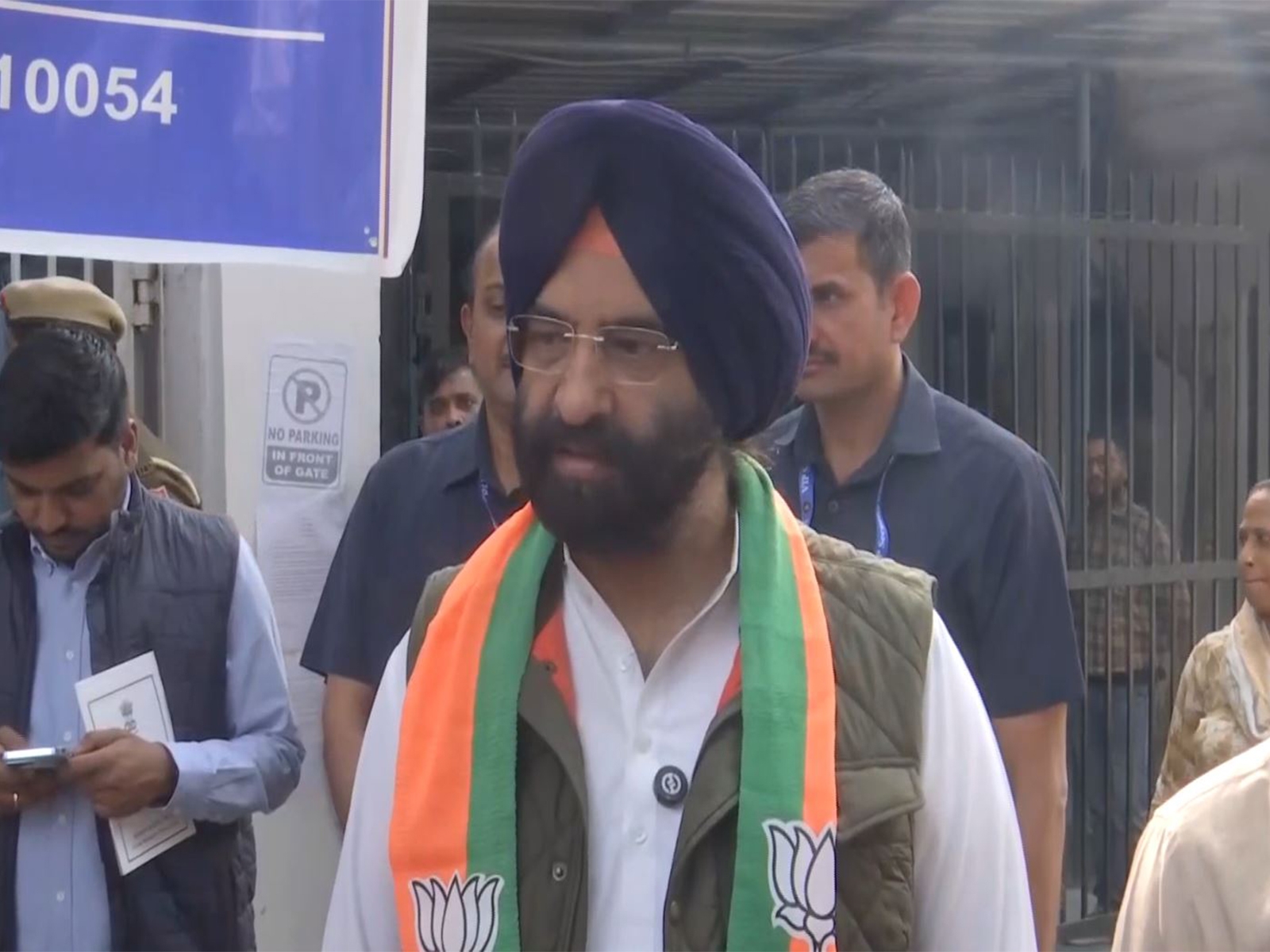Tough to predict Bihar results. But here are the factors that will count

The election
- The absence of wave has made the Bihar elections difficult to predict
- The 2 alliances are evenly matched. The answer lies in analysing trends
The trends
- There has been consolidation of Upper Castes behind NDA and Muslims behind Mahagathbandhan
- Dalits seem to have consolidated behind NDA
The trends
- What are the X-factors?
- Who is the development icon in Bihar?
Assembly elections in Bihar have never been so difficult to predict. The main reason is that there doesn't appear to be a clear wave in either direction. Rather it has to be seen as an aggregation of individual contests in Bihar's 243 constituencies.
Even in Bihar's capital Patna, no one is sure who is winning. The people are confused and tight-lipped. It's almost like watching the last over of a closely fought Twenty20 cricket match.
Also read - Battle for Bihar: exit polls have merely deepened the suspense
Perhaps the answer lies in some of the key trends in this election.
Consolidation
There was a near complete consolidation of forward castes behind the NDA and Muslims behind the Mahagathbandhan.
Unlike the above two categories, in which the consolidation was well known, the votes of Dalits and OBCs were up for grabs.
There was a greater consolidation among Dalits than among OBCs. This was largely in favour of the NDA, which had Dalit leaders Ram Vilas Paswan and Jitan Ram Manjhi on its side.
Mahagathbandhan tried its best to consolidate OBCs and bagged a substantial chunk of Yadav and Kurmi votes.
NDA tried its best to woo the Extremely Backward Classes. Only the Electronic Voting Machines know how successful these attempts were.
Your development versus my development
Both Narendra Modi and Nitish Kumar spoke of development. It became a battle of Modi's Vikas versus Modi's Vikas.
Almost everyone acknowledged that Nitish has done good work. But many wanted more. The difference lay in whether people thought Nitish was in the best position to deliver progress or Modi.
There's near complete consolidation of forward castes behind NDA and Muslims behind Mahagathbandhan
Unlike the 2010 Assembly election or the 2014 Lok Sabha elections, there was no clear pro-incumbency or anti-incumbency wave.
Among a section of voters, the return to the so-called Jungle Raj associated with Lalu Prasad was an important factor.
BJP takes centrestage
For the first time, the BJP is fighting as the dominant partner, both in terms of numbers and control.
The BJP has never been at the centrestage of Bihar politics. This time it is.
Given Modi's style, he has become the main issue in the election. He was the face of the campaign.
In many ways, this is being seen as a referendum on Modi's performance. If NDA wins, the victory will be Modi's. If it loses, he will have to take the blame.
The BJP's campaign was entirely remote controlled by the central leadership. The state leadership was never left this helpless. Ironically, the state leaders had more influence when the BJP was in alliance with the JD(U).
Yet, the election will be determined by how well the state level BJP leaders performed.
X-factors
In a closely fought election with small margins, even minor factors can influence the result.
Smaller parties and rebels hold the potential to alter the equations on many seats.
Mahagathbandhan's vote bank is being threatened by players like Pappu Yadav, AIMIM and NCP
NDA is facing trouble from rebels and Mayawati's BSP is threatening its Dalit votebank.
Also read - Divide, polarise, confuse: BJP's strategy for final phase of #BiharPolls
This was an election for a new Bihar. The state, which was the heartland of the JP movement, has moved to a new age of dreams and development. The patterns and style of politics have changed but the roots are same.
Bihar is undergoing a transformation and this vitality is visible among its people.
First published: 6 November 2015, 11:22 IST



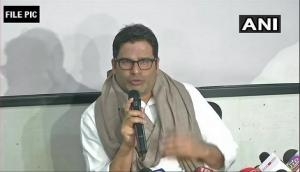
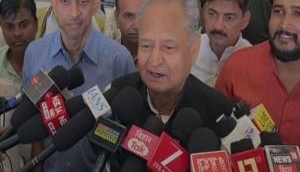
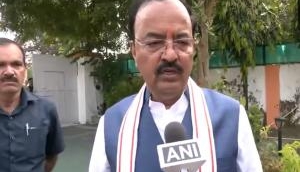

![BJP's Kapil Mishra recreates Shankar Mahadevan’s ‘Breathless’ song to highlight Delhi pollution [WATCH] BJP's Kapil Mishra recreates Shankar Mahadevan’s ‘Breathless’ song to highlight Delhi pollution [WATCH]](https://images.catchnews.com/upload/2022/11/03/kapil-mishra_240884_300x172.png)

![Anupam Kher shares pictures of his toned body on 67th birthday [MUST SEE] Anupam Kher shares pictures of his toned body on 67th birthday [MUST SEE]](https://images.catchnews.com/upload/2022/03/07/Anupam_kher_231145_300x172.jpg)




